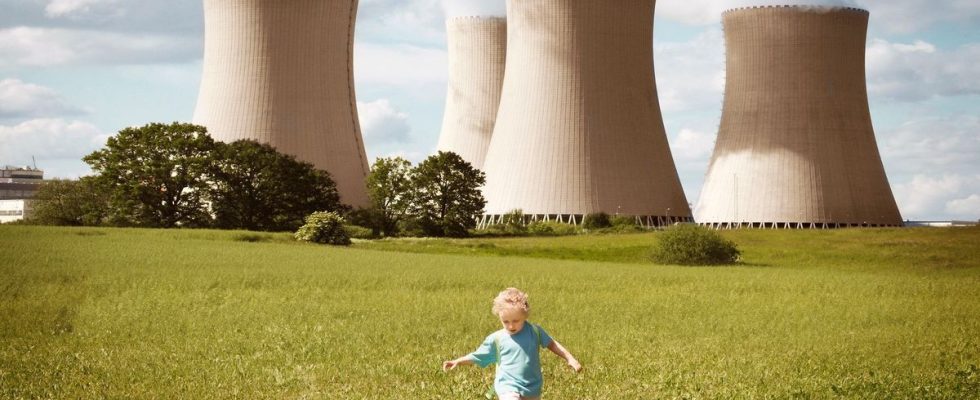Published on
Updated
Reading 3 mins.
During a commission on nuclear power, the deputy NUPES Aymeric Caron, based on a study by Inserm, assured that the plants increase the risk of leukemia in children living nearby. Is he telling the truth? What do we really know so far? The point with Dr Alice Desbiolles, specialized in environmental health.
This is an idea that rightly worries parents living near one of the 18 nuclear power plants still in operation in France. Are children living in a close radius more likely to be affected by leukemia than others? For the deputy NUPES, Aymeric Caron, there is no doubt. During a commission on nuclear power on March 2, he brandished his argument, finding its source in an INSERM study. “This 2012 study mentions a higher number of childhood leukemias than the national average within a radius of 5 kilometers around the power stations.“Before being taken over by RN deputy Jean-Philippe Tanguy, assuring him that”This study says the exact opposite.“. What do we really know today about this primordial subject?
A delicate subject that lacks analysis
According to France Info, none of the elected officials is really wrong. The study in question, dated 2012, concludes that 14 cases of leukemia were counted among children living less than 5 km from a power plant, which is twice the national average. According to the researchers, this does suggest a higher risk, in theory. However, scientifically, the study did not establish a clear link between nuclear power plants and leukaemias. In this regard, the authors wrote at the time: “This association may not be caused by power plant emissions.“Jean-Philippe Tanguy is therefore also right on this aspect. The truth probably lies in the analyses… which have not yet been done.
“A presumption, but no causal link established”
For Dr. Alice Desbiolles, specialist in environmental health and member of the Doctissimo expert committee, the debate remains indeed quite fixed, to date, ie 11 years after the Inserm study in question.
“In fact, German and French epidemiological studies have shown a significant excess incidence of pediatric leukemia around power plants. This has revived concern and public debate on the potential impact of these facilities, in normal operation, on the health of local populations.
However, to date nothing scientifically establishes a direct causal link. “It’s more of a presumption, but not 100%” she replies cautiously.
A remark confirmed with regret by Bruno Chareyron, director of the CRIIRAD laboratory (Commission for Independent Research and Information on RADioactivity) contacted by Doctissimo: “If the question is, is there an excess of childhood leukemia within a radius of 5 km around the power stations? The answer is yes ! This Inserm study, like other German, English or Swiss studies, comes to the same conclusion. But what are the causes? No one has the answer today. This does not mean that the hypothesis of the impact of radioactive discharges made by these plants should be dismissed out of hand.
The scientist pleads for further studies internationally to better assess the risks. But recognizes that this will remain difficult to carry out:
“It would be useful to conduct a meta-study, on hundreds of sites, looking at whether the location of children (home, school) and their parents (exposure during pregnancy) is a risk factor in relation to the direction of the winds dominant, and therefore in relation to the level of exposure to releases of radioactive noble gases and other substances. In addition to chronic releases, you should know that there are periods of more intense releases during certain operations.”
A lack of quantified measurements which only gives a default answer: under these conditions, it is difficult to affirm that the doses released are always below the safety threshold.
